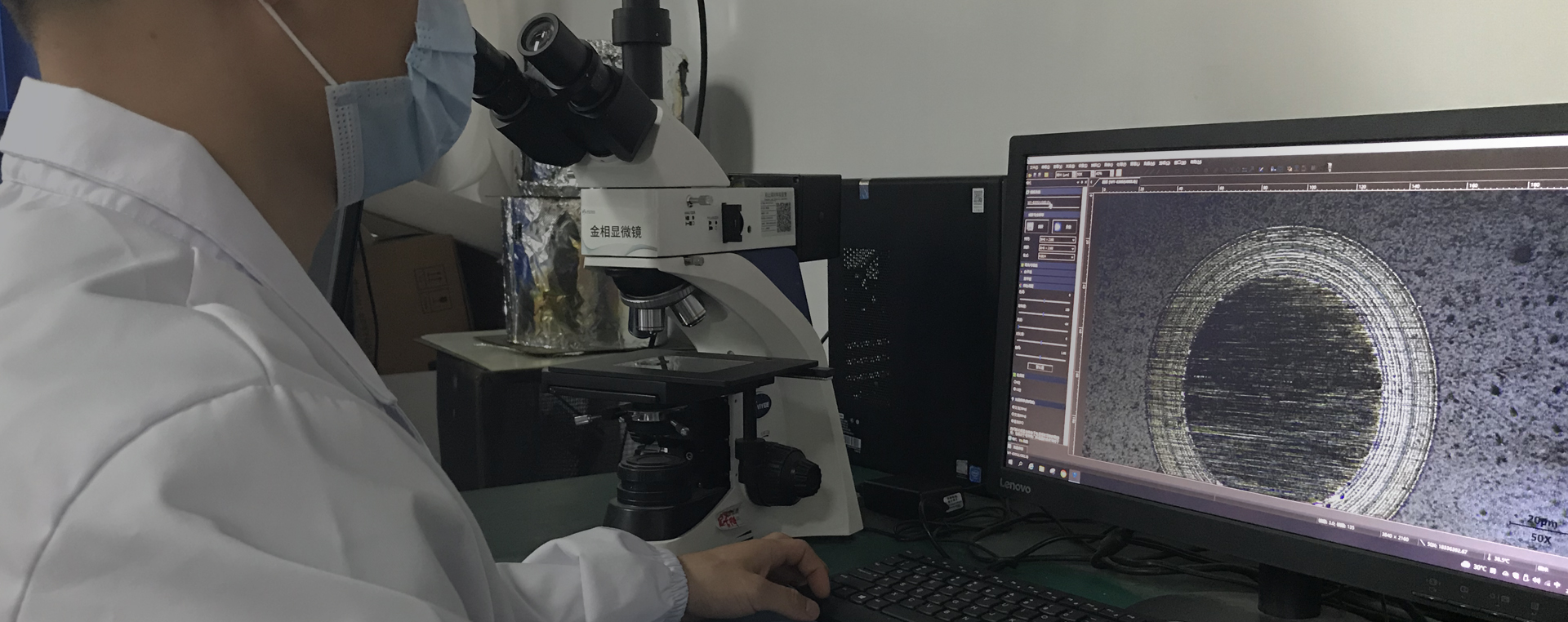Effect of DC bias on properties of C: SiOX film prepared by HMDSO
The C: SiOX film prepared by HMDSO has excellent corrosion resistance. The influence of HMDSO/O2 ratio on the composition, corrosion resistance and hardness of the film was discussed in the last part. In the whole coating process, bias is also one of the factors affecting the properties of C: SiOX film prepared by HMDSO.
A.J. Choudhury et al. [1] prepared C: SiOX films using HMDSO in RF-PACVD mode, and studied the effect of bias on film properties. Table 1 shows the experimental parameters of each group. The negative bias varies from 40V to 160V, and the ion energy also increases gradually. However, the film thickness and deposition velocity first increased and then decreased, reaching the highest value when the negative bias pressure was 100V.

HMDSO preparation
Table 1 Experimental parameters of each group

After XPS analysis, the ratio of SiO4,SiO3CH3,SiO2(CH3)2 groups in each group of film was obtained. As can be seen from FIG. 2, with the negative bias increasing from 40V to 160V, the content of inorganic silicon (SiO4) in the film increases first and then decreases, and reaches the highest content at 100V. On the contrary, the content of silicone (SiO3CH3,SiO2(CH3)2) decreases first and then increases, and the content is the lowest at 100V.
FIG. 2 Changes of inorganic silicon and organic silicon contents under different bias pressures (A)-40V, (B)-70V, (C) -100V, (D)-130V, (E)-160V
At the same time, the researchers also tested the hardness and scratch test of each sample (FIG. 3). The critical load, nanohardness and droplet Angle all increase first and then decrease with the increase of negative bias pressure, reaching an extreme value at 100V. Combined with XPS results, these characteristics may be because when the negative bias pressure rises from 40V to 100V, the inorganic silicon (SiO4) in the film layer increases and the Si-0-Si defect decreases, which leads to the increase of the inorganic characteristics of the film layer, the increase of hardness, critical load and droplet Angle. When the negative bias increases from 100V to 160V, the ion energy increases gradually, the bombarding substrate energy increases gradually during deposition, and the sputtering effect increases, leading to the increase of I-0-Si defects in the film, the increase of the content of silicone (SiO3CH3,SiO2(CH3)2), and the corresponding decline of performance
Sample hardness and scratch test

conclusion
When the C: SiOX film was prepared by RF-PACVD with HMDSO, the nanohardness, critical load and droplet Angle of the film increased first and then decreased with the increase of DC bias. This is because the ion energy would increase with the increase of DC bias, and it would have a gain effect on the film before a certain critical energy. If the critical value is exceeded, the original film layer will be bombarded, the original film layer growth structure will be destroyed, and the performance will be degraded.
 18922924269
18922924269
